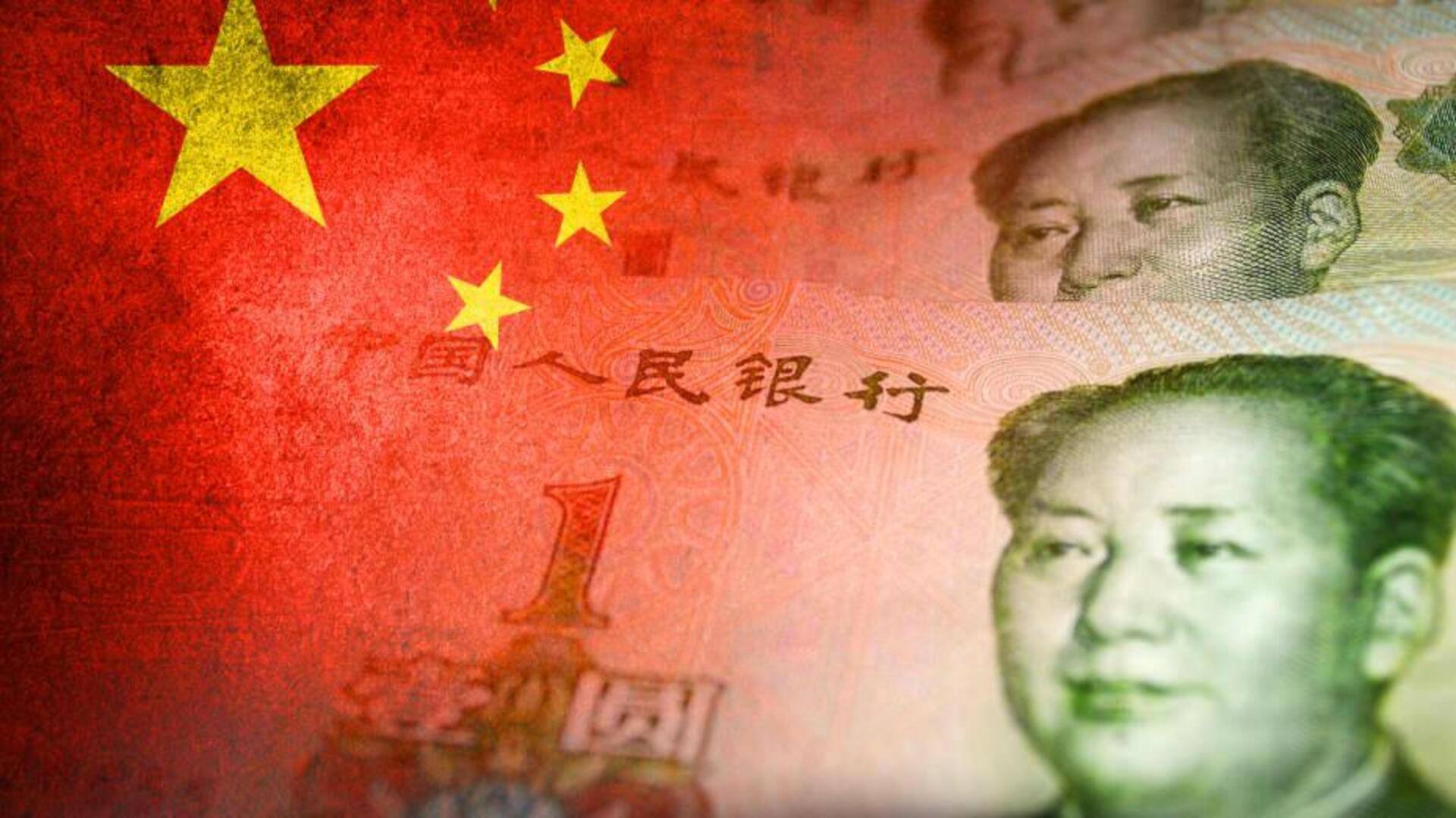
China's debt-to-GDP ratio reaches record high of 286%
What's the story
China's debt-to-GDP ratio, a crucial measure of the country's debt compared to its economic output, has hit a record high of 286.1% in the last quarter of 2023, as reported by Bloomberg. This rise in debt is not evenly spread across all sectors. Household and non-financial corporations saw a decrease, while the government sector saw a 2.3 percentage point increase. A higher debt-to-GDP ratio suggests higher overall indebtedness in the economy, potentially impacting stability and growth.
Details
Debt distribution across sectors
Household debt mainly includes consumer and operating loans. Non-financial sector debt consists of corporate bonds, entrusted loans, trust loans, undiscounted bank acceptance bills, and overseas loans, excluding those aimed at local government financing vehicles. The leverage ratio for non-financial sectors fell to 167.3% from 167.7% in the previous quarter, and for the household sector, it dropped to 63.5% from 63.8%. However, the government sector's leverage ratio climbed to 55.3% from 53.0%.
What Next?
Economic challenges amid rising debts
China is currently dealing with rising deflation pressures and an impending property crisis while contemplating new debt issuance to increase fiscal support for growth in 2024. Experts forecast China's growth to drop below 5% this year, despite Premier Li Qiang's positive speech at the World Economic Forum. The economy faces additional challenges such as diminishing property sales, declining population, high unemployment rate, and a sharp decrease in new home prices, the fastest in almost a decade.
Insights
Unemployment and stock market impact
In December, the unemployment rate increased to 5.1%, with youth unemployment reaching a concerning 14.9%. Despite these obstacles, China's GDP grew by 5.2% last year to beat the targets. It is anticipated slowdown to 4.5% in the upcoming years. In response to these challenges, the Chinese government seems less eager to stimulate the economy through borrowing and infrastructure spending. As a result, the Shanghai stock market dropped by 0.8%, and shares in Hong Kong fell by 2.6%.